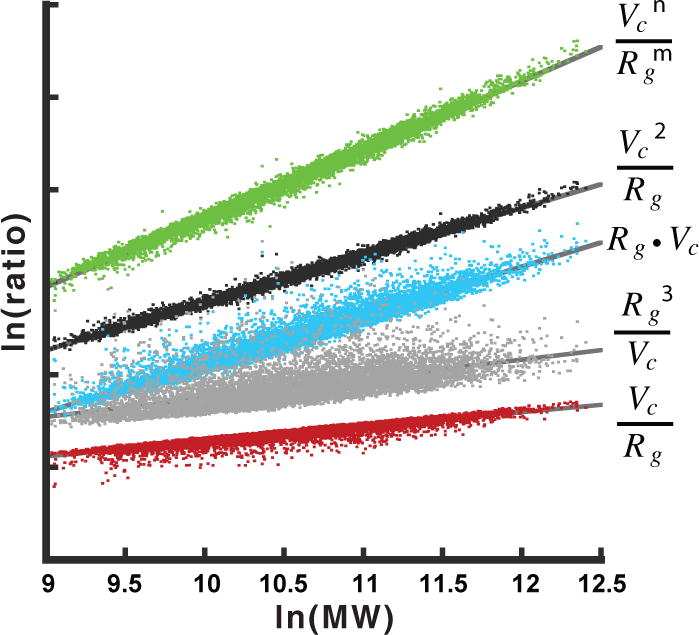Figure 2. Defining the power-law relationship between Vc, Rgand protein mass.

Vc and Rg were determined from theoretical atomic X-ray scattering profiles for 9,446 protein PDB20 structures. For each profile, SAXS data were simulated to a maximum q = 0.5 Å−1 (~13 Å). Various ratios of Vc and Rg against protein mass were examined in a log-log plot. The linear relationship observed for the ratio Vc2 • Rg−1 (black) suggests a power law relationship exists between the ratio and particle mass of the form ratio = c • (mass)k. The ratio, Vc2 • Rg−1, is defined by units of Å3 with mass in Daltons. Additional ratios examined (green, cyan, gray and red) displayed asymmetric non-linear relationships. In green, the fit included m (0.9246 ± 0.0008) and n (1.892 ± 0.0005) in a non-linear surface optimization with an average mass error of 4.9 ± 4.3%. Fitting the linear power-law relationship (black) produces an average mass error of 4.0 ± 3.6%. Truncation of the data to q = 0.3 Å−1 (~21 Å resolution) increases the mass error by 0.6% (Supplementary Fig. 2).
